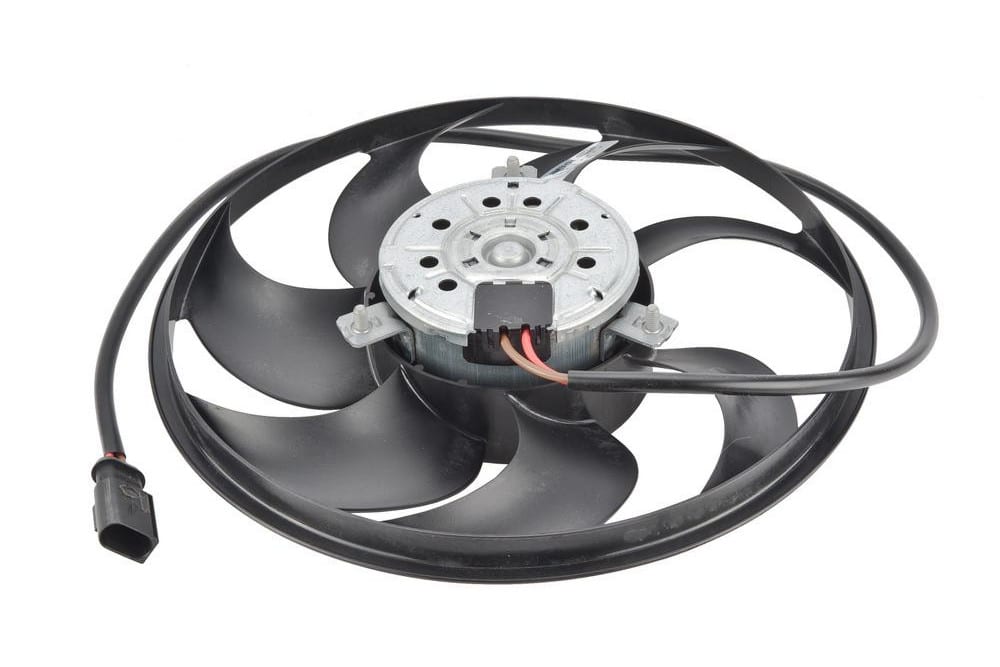

The purpose of the cooling fan resistor is to remove heat from the engine’s coolant and from the A/C refrigerant. The resistor does this by drawing air through the radiator and air conditioning condenser. A belt drive fan is mounted on a clutch that is temperature controlled, and the cooling fan resistor draws air through once the temperature is registered as too hot.
The resistor controls when the cooling fan comes on, and normally it comes on in stages. When you turn your vehicle on, the engine heats up very fast so the cooling fan resistor comes on in stages. This helps to evenly cool your engine and allow your vehicle to run smoothly.
After the engine reaches a hot temperature, which has already been determined by the manufacturer, a switch indicates the cooling fan resistor to start working at a high speed to draw more air through the radiator. This provides extra cooling to the engine so it does not overheat. Depending on the make and model of your vehicle, you may have a second fan which allows for more airflow for the cooling and air conditioning system. The second fan is powered by the cooling fan resistor as well, and always runs at a high speed.
Over time, one or both of your cooling fan resistors may become worn or fail due to everyday usage. If you suspect your cooling fan resistor needs to be replaced, contact a professional mechanic. If your cooling fan is being replaced, chances are your resistor needs to be replaced as well.
Since this part can fail over time, it is important to recognize the symptoms it may need to be replaced.
Signs your cooling fan resistor need to be replaced include:
- The cooling fan does not start working at all
- The engine temperature rises to a dangerous degree
- The cooling fan never turns off, even if your vehicle is off
- Your vehicle is overheating on a regular basis
The cooling fan resistor is an essential part of your cooling system, so letting it go too long can cause engine damage from overheating and extensive repairs.



